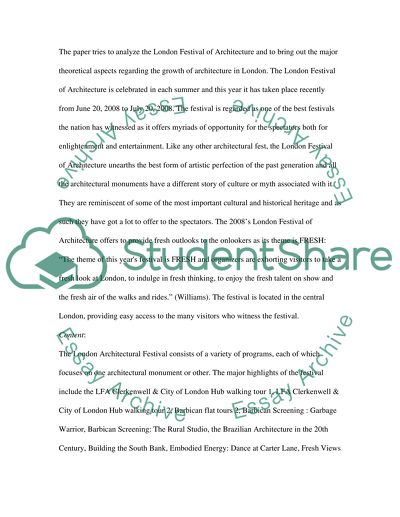Cite this document
(“The Arts and Architecture Essay Example | Topics and Well Written Essays - 2250 words”, n.d.)
Retrieved from https://studentshare.org/miscellaneous/1516405-the-arts-and-architecture
Retrieved from https://studentshare.org/miscellaneous/1516405-the-arts-and-architecture
(The Arts and Architecture Essay Example | Topics and Well Written Essays - 2250 Words)
https://studentshare.org/miscellaneous/1516405-the-arts-and-architecture.
https://studentshare.org/miscellaneous/1516405-the-arts-and-architecture.
“The Arts and Architecture Essay Example | Topics and Well Written Essays - 2250 Words”, n.d. https://studentshare.org/miscellaneous/1516405-the-arts-and-architecture.


